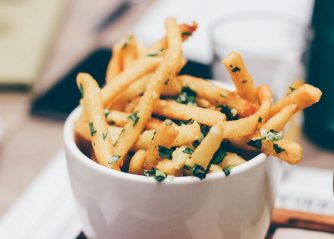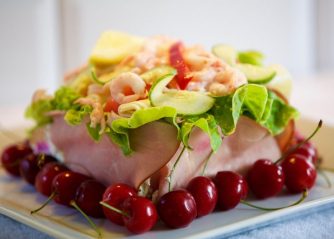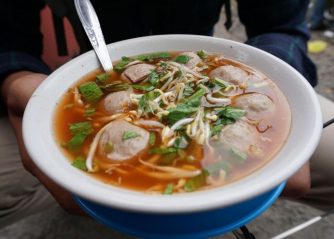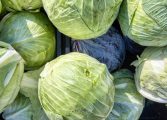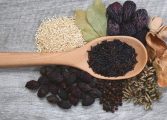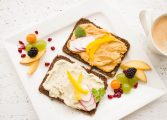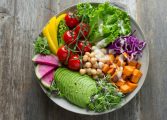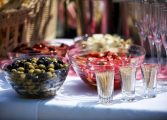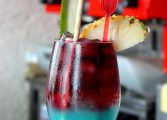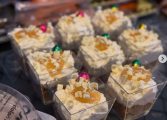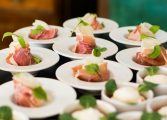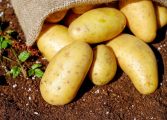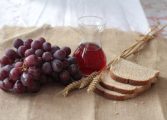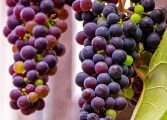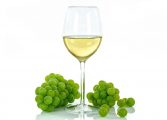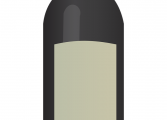Glass Dessert: The Perfect Sweet Treat
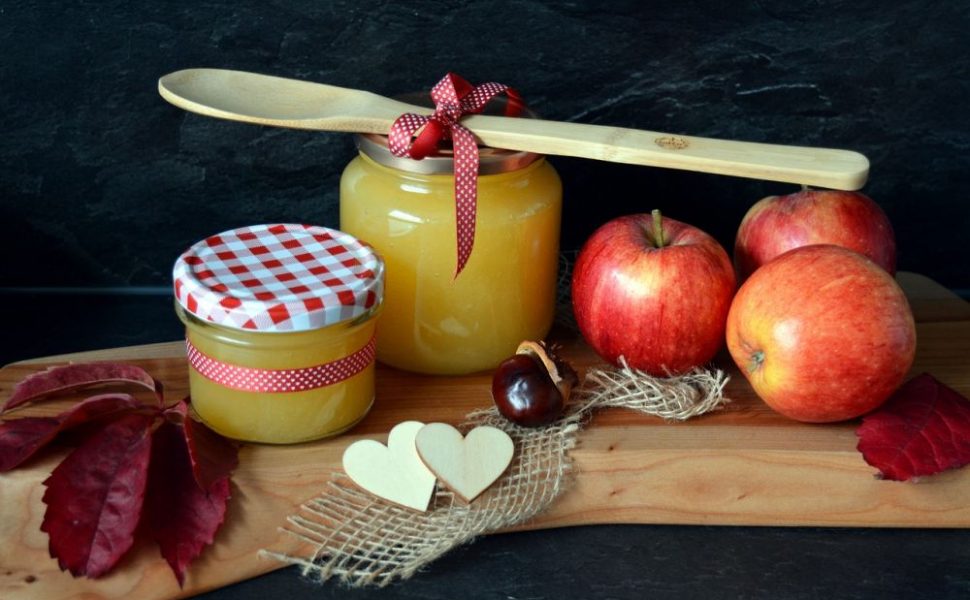
Introduction:
Glass dessert is a delectable and visually appealing dessert that has gained immense popularity in recent years. This article aims to provide a comprehensive overview of glass desserts, including its types, popularity, and the differences between various recipes. Additionally, quantifiable measurements regarding glass desserts will be provided, shedding light on the dimensions and ingredients used in creating these delightful treats. Furthermore, a historical exploration of the advantages and disadvantages of different glass desserts will be discussed, giving readers insight into the evolution of this culinary delight.
The Allure of Glass Desserts
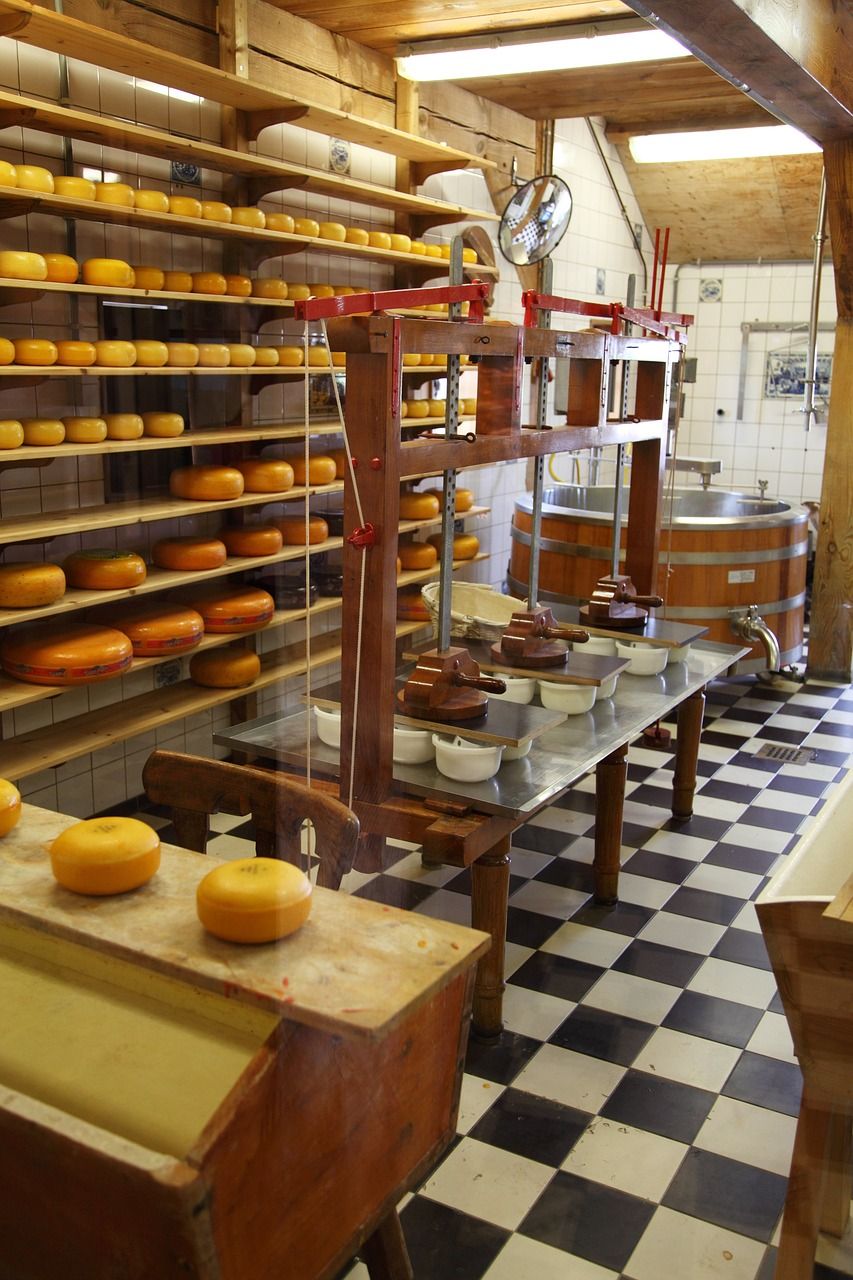
Glass desserts are captivating creations that combine the smoothness of pudding or mousse with the elegance of transparent glassware. They are usually served in individual glass containers, allowing for a visually appealing presentation that adds to the overall dining experience. These desserts are often layered, showcasing a vibrant range of colors and textures that make them a feast for the eyes.
Types and Popularity of Glass Desserts
There is a myriad of glass dessert variations that cater to various taste preferences. Some popular types include:
1. Parfaits: Layered glass desserts consisting of alternating layers of cream, fruit, and cookie or cake crumbs. Parfaits offer a combination of creaminess and crunchiness, making them a crowd favorite.
2. Panna Cotta: A smooth and creamy Italian dessert served in a glass. It is typically flavored with vanilla, but variations such as chocolate and fruit-infused panna cotta are also popular.
3. Trifles: A traditional English dessert, trifles feature layers of custard, fruit, jelly, and cake. The layers create an exciting blend of flavors and textures, making it a much-loved dessert at parties and gatherings.
4. Tiramisu: A classic Italian dessert, tiramisu is often served in individual glass cups. It consists of layers of espresso-soaked ladyfingers, mascarpone cream, and dusted cocoa powder. Tiramisu’s rich flavors and velvety texture make it a favorite among dessert enthusiasts.
These are just a few examples of the wide range of glass desserts available. Their popularity stems from the fact that they are visually appealing, customizable, and allow for endless creative combinations.
Quantifying the Glass Dessert Experience
Creating the perfect glass dessert involves precision and attention to detail. For quantifiable measurements, a standard glass dessert recipe typically yields four servings and requires the following ingredients:
– 2 cups of cream or milk for the base
– 1/2 cup of sugar for sweetness
– 1 teaspoon of gelatin, if using a mousse or jelly component
– 1 teaspoon of flavoring, such as vanilla extract or cocoa powder
– Fresh fruits, cake or cookie crumbs, and additional layers for texture and flavor
– Optional garnishes such as whipped cream, chocolate shavings, or edible flowers
These measurements can vary depending on the desired consistency and taste. Experimenting with different proportions or ingredients can lead to exciting new flavor profiles.
Exploring the Differences in Glass Desserts
While all glass desserts boast a stunning appearance and the use of transparent glassware, they differ in terms of texture, ingredients, and flavor profiles. For example:
– Parfaits tend to have distinct layers, with the creaminess of the mousse contrasting with the crunchiness of cookie or cake crumbs.
– Panna cotta offers a silky smooth texture, while the addition of fruit or sauce enhances the overall taste.
– Trifle desserts are known for their combination of soft, sponge-like cake layers and the freshness of fruits, all held together with custard and jelly.
– Tiramisu stands out with its coffee-infused ladyfingers, creamy mascarpone, and a hint of cocoa, resulting in a rich and indulgent flavor experience.
These differences make glass desserts versatile, allowing individuals to choose the one that caters to their personal preferences or fits a specific occasion.
Historical Overview of Advantages and Disadvantages
Glass desserts have their advantages and disadvantages, which have evolved over time. Historically, these desserts were often associated with special occasions, as they required skill and time to create. However, commercialization and culinary advancements have made glass desserts more accessible and convenient.
Advantages of glass desserts include:
– Visually stunning presentation
– Customizable and adaptable to individual taste
– Ability to showcase different layers and flavors
– Versatility in ingredient combinations
Disadvantages include:
– Time-consuming preparation and assembly
– Challenging to transport due to the delicate nature of the glassware
– Limited shelf life due to the use of fresh ingredients and perishable components
Despite these drawbacks, glass desserts remain an extraordinary culinary delight, captivating both novice and experienced dessert enthusiasts.
Conclusion:
Glass desserts have rightfully earned their place as a beloved treat among food enthusiasts. From parfaits to tiramisu, these visually appealing desserts offer a delightful sensory experience. Whether enjoying them at home or in a fine dining setting, glass desserts provide a feast for the eyes and palate. As these desserts continue to evolve, incorporating new ingredients and flavor combinations, their popularity among food lovers is set to endure. So, the next time you crave something sweet and elegant, indulge in a glass dessert and savor every delicious layer.
